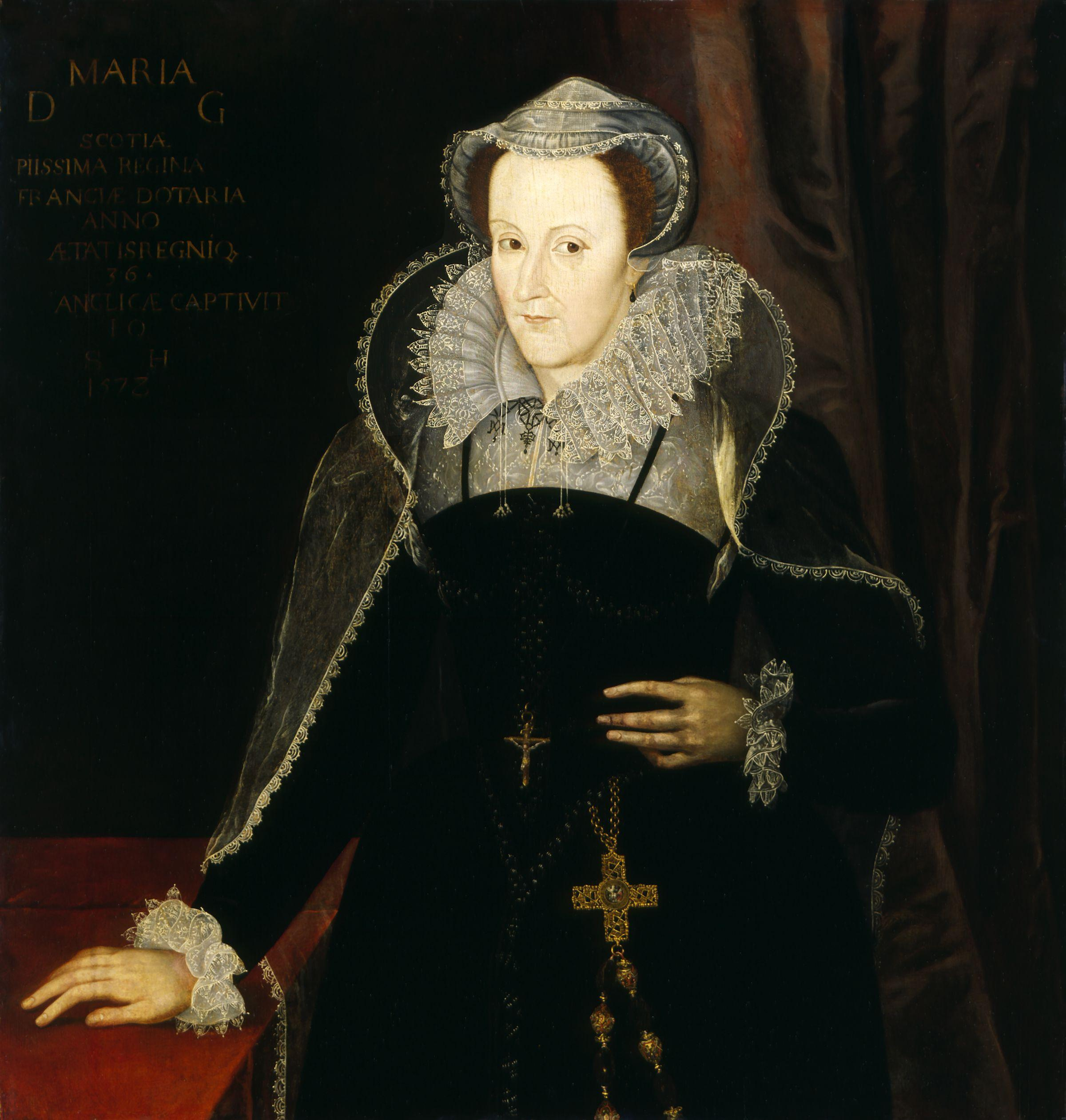Mary of Scots
No matter how little one knows about British History, one can´t escape the idea that the name Mary of Scots is full of mystery and obscurity. She was truly a controversial monarch…
I have always found that there is something unclear about Mary of Scots and I can still find myself trying to decide whether I like her or not (not that it matters anyway!)…
…the fact is that being of Scottish origin, depending on your reading source, you cannot help but sense a certain prejudice on how historical facts are presented…
I will try not to not let this post unveil my feelings for this monarch and thus I will merely present you with as many facts as possible…you can do your own judging afterwards…
….so this is what I found out about…Mary Stewart…some write Stuart…other call her Mary of Scots…..…or simply Mary for the Scots… you take your pick…
So here goes…
Let it first be said that Mary was born in a time of religious transformation and intense animosity between Scotland and England.
Born in 1542, in Scotland, Mary was the daughter of King James V of Scotland and Mary of Guise (from France). When Mary was only 6 days old, her father died, making Mary, Queen of Scots.
On account of Mary’s tender age, Henry VIII, her great uncle, tried to take control, but her mother ended up as regent on behalf of little Mary. Mary was then betrothed to Henry VIII's son, Prince Edward of England, however, Scottish Catholics were opposed to this plan, seeing as England had separated from the Catholic Church and no longer professed Catholic principles. Thus the match was made null and England fiercely attacked Scotland.
Mary's mother, Mary of Guise, was French, and since the Scots had an ancient alliance with France, Mary was betrothed to the 4-year-old French successor to the throne of France. At the age of 5, Mary was sent to France, where she was brought up in the luxurious and wealthy French court. Finally in 1558, she married Francis, the eldest son of French King Henry II and Catherine of Medicis.
Later in 1558, Henry VIII's daughter, Elizabeth Tudor, became Queen Elizabeth I of England. Many Roman Catholics considered Elizabeth's title to be illegitimate, because they did not recognize the legitimacy of Henry VIII's marriage to Elizabeth's mother, Anne Boleyn. Scottish In the meantime, Scottish Catholics started a secret plot to make Mary queen of England one day.
Mary's great-grandfather was Henry VII, the father of Henry VIII, making her a legitimate descendant of the Tudor line, entitling her to a legitimate and strong claim to the English throne.
Mary's French father-in-law, Henry II, Francis’s father, made this claim on Mary’s behalf. So animosity between France and England and Scotland and England grew strong.
In 1559, Mary's husband was crowned Francis II, making Mary his queen consort. Unfortunately, Francis died the year after he ascended the throne, leaving Mary a widow at the age of 18.
After Francis’s death, Mary returned to Scotland. By the time of her return, in 1561, Scotland's official religion had undergone great change due to Knox’s theories and influences, so a shift from Catholicism to Protestantism was on the way.
Raised as a Roman Catholic in France, Mary found herself an foreigner in her own land. However, she managed to rule while creating an atmosphere of religious tolerance.
Some years later, Mary gave into passion and married her cousin, Henry Stewart, Earl Darnley. Mary's new husband was a grandson of Margaret Tudor, this infuriated Elizabeth.
Their relationship soon entailed lack of trust as the blemished and irritable Darnley spent less time with his wife Mary, she became ever more close to her advisor, the Earl of Bothwell. Furthermore, Mary’s new husband’s ruthless ambition caused Mary other problems.
Mary gave birth to the future James VI of Scotland and James I of England, but she no longer wished to be married to Darnley. However, Darnley was mysteriously murdered and historians say that Mary’s involvement was unclear, then to add mystery to the case she agreed to marry the main suspect of her husband's murder—James Hepburn, earl of Bothwell—only three months later.
This scandalous union made the Scottish nobility rise against Mary, making her chief suspect of her husband’s murder. Bothwell was immediately sent into exile and Mary was imprisoned in Lochleven Castle.
Having been forced to abdicate by Scottish noblemen in 1567, Mary had to renounce the throne in favor of her infant son. Mary had turned to Queen Elizabeth I for protection. However, letters revealing a plot to take Elizabeth from the thrown are said to have been found, so instead the English monarch had Mary arrested and spent the remainder of her life in captivity until her execution in 1587.
This post merely outlines the main outlines the historical facts that pinpoint Mary’s life…a path to a more interlocked and deeper insight.
Ilda Camarneira
BBC History. (s/d) Mary of Scots http://www.bbc.co.uk/history/people/mary_queen_of_scots
Biography. (s/d) Mary of Scots. http://www.biography.com/people/mary-queen-of-scots
Britannica Encyclopedia. (s/d) Mary of Scots. http://www.britannica.com
Britannica Encyclopedia. (s/d) Reformation. http://www.britannica.com/event/Reformation



Comentários